All products featured are independently chosen by us. However, SoundGuys may receive a commission on orders placed through its retail links. See our ethics statement.
Best headphones under $1000
April 2, 2025








Life is getting expensive, and between streaming services, your smartphone, and the plethora of inexpensive headphones that are available, shopping for high-priced headphones might seem like overkill. Why buy a Ferrari if the speed limit is 100mph? Well, because just like a good car and an open road, if you pair any of these headphones with the right source, the experience can be exhilarating. Ultimately, you get what you pay for. These headphones aren’t ones to stuff in a bag or toss on the couch but rather to enjoy at home or use in the studio. If you want the best sound quality to hear your favorite songs like never before, these are the best headphones for under $1000.
What's new?
- This article was updated on April 2, 2025, to change formatting, retire outdated mentions.
- This article on the best headphones for under $1000 was updated on January 15, 2024, to add the Meze Audio 109 Pro to our Top Picks and ensure the timeliness of the information within.
- It’s worth mentioning that $1,000 is relatively reasonable as far as audiophile gear goes. We’ve reviewed cans that will run you more than four times that much and listened to some pairs that cost more than many cars.
Why is the Focal Bathys the best pair of headphones under $1,000 for most?
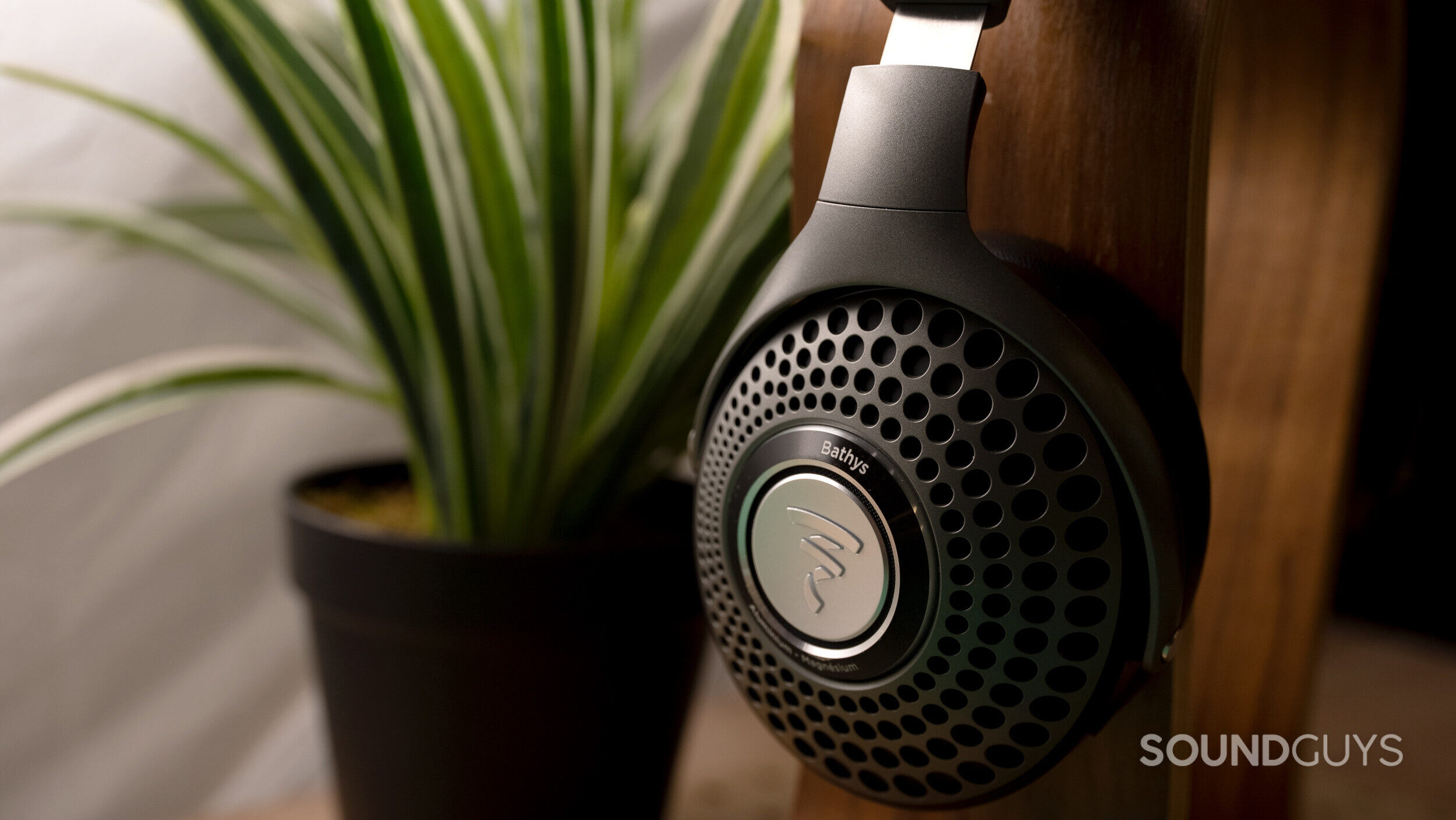
Most people aren’t looking for headphones that only live by the computer: they want headphones that can do it all. If there’s a feature that exists on headphones they see on the morning commute, they want it. If there’s something that their friends talk about, it must be theirs.
That’s why we’re fans of the Focal Bathys. These headphones are pretty much the best “everything but the kitchen sink” option out there. Sure, Apple users will likely prefer the AirPods Max, but all the Focal’s headphones features work with pretty much any source, irrespective of operating system. Additionally, its higher-bitrate codecs, USB DAC, and Focal drivers give the Apple headset some things to aspire to.
Loading chart ...
The Bathys is very much a luxury product, so be prepared to shell out some cash. However, the majority of ANC headphones you’ve probably heard don’t deliver the best sound quality, and the Focal Bathys sets itself apart in that regard. For someone with more money than enthusiasm for headphones as a hobby, the Bathys is an easy winner because you can have ANC and audiophile sound quality, which is a rarity.


If you want planar magnetic headphones on a budget, check out the HiFiMan Sundara
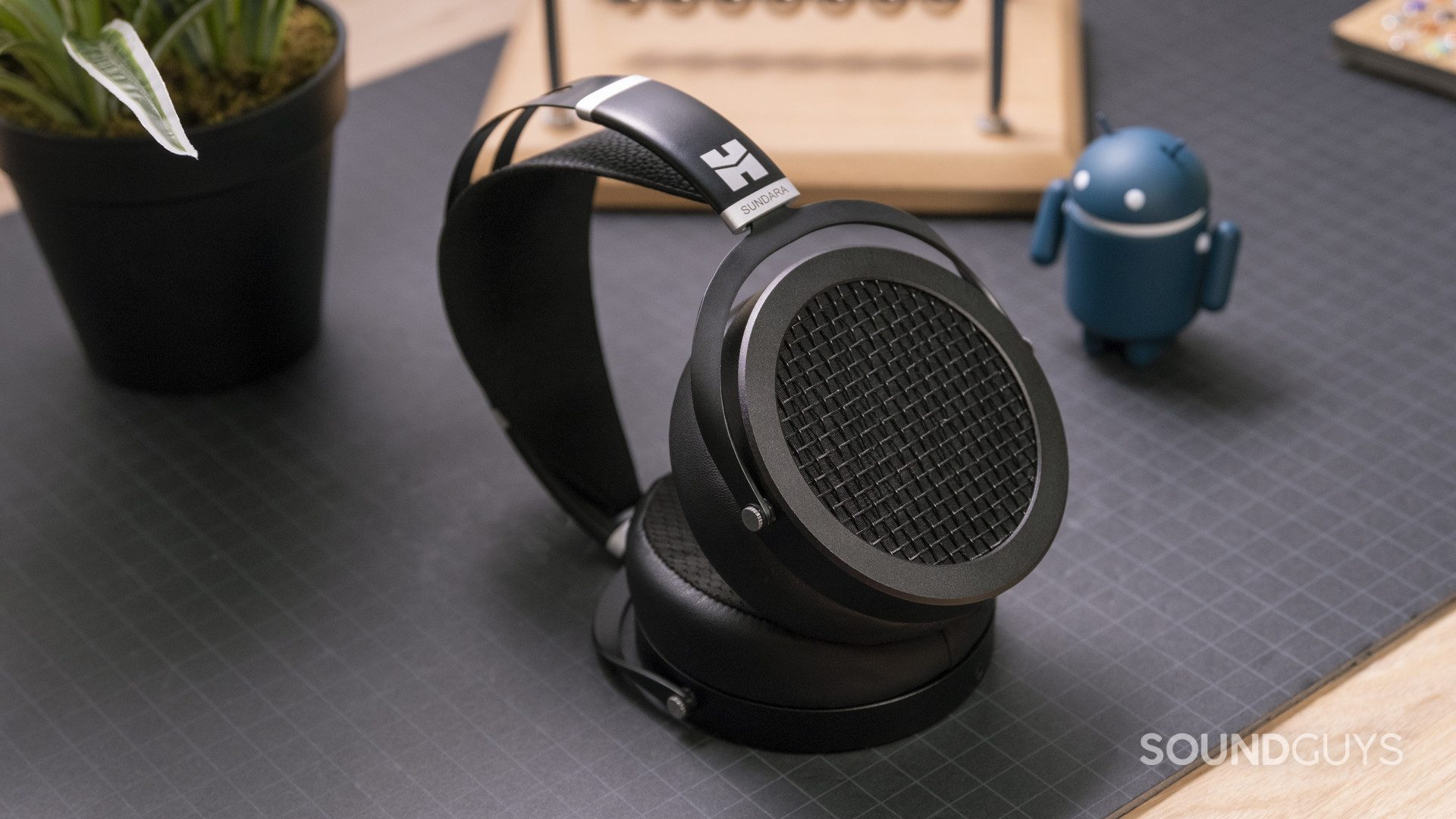
The HiFiMan Sundara brings great sound to an affordable price point, and we couldn’t leave it off the list of the best headphones under $1000. This isn’t cheap by any means, but pound-for-pound, it has an excellent design and offers impressive sound quality. HiFiMan is one of those companies, like Audio-Technica, with plenty of people swearing by its headphones.
At 372g, it’s much lighter than other planar magnetic driver-based headphones. Its frequency response closely follows our legacy studio curve and should sound good with most types of content. You can apply EQ, but most listeners won’t feel compelled to. Since the Sundara is open-back, you get that sense of space that open-back headphones are known for. Its drivers are protected by a thin grill, but they’re still exposed to the world.
Loading chart ...
The cable is nicely constructed and ends in a thick 90-degree, 3.5mm jack. It also comes with a 1/4-inch adapter, so if you’re looking to plug these headphones into something a little more powerful than your phone, you can. They have a fairly high sensitivity and low impedance but will still require a decent amount of power to drive properly. You’ll probably need a good amplifier which adds to the price a bit.

In your EQ app of choice, apply the following filters to your parametric EQ for a fairly close fit to the SoundGuys studio curve:
| Filter number | Filter type | Frequency | Gain | Q |
|---|---|---|---|---|
| Filter number 1 | Filter type PK | Frequency 1582 | Gain -0.3 | Q 1.006 |
| Filter number 2 | Filter type PK | Frequency 3471 | Gain -0.8 | Q 4.548 |
| Filter number 3 | Filter type PK | Frequency 4517 | Gain -2 | Q 4.419 |
| Filter number 4 | Filter type PK | Frequency 6733 | Gain -1.6 | Q 3.713 |
| Filter number 5 | Filter type PK | Frequency 6757 | Gain -2.8 | Q 3.704 |
| Filter number 6 | Filter type PK | Frequency 8782 | Gain -2.6 | Q 3.235 |
The Meze Audio 109 Pro has some of the best bass and build quality
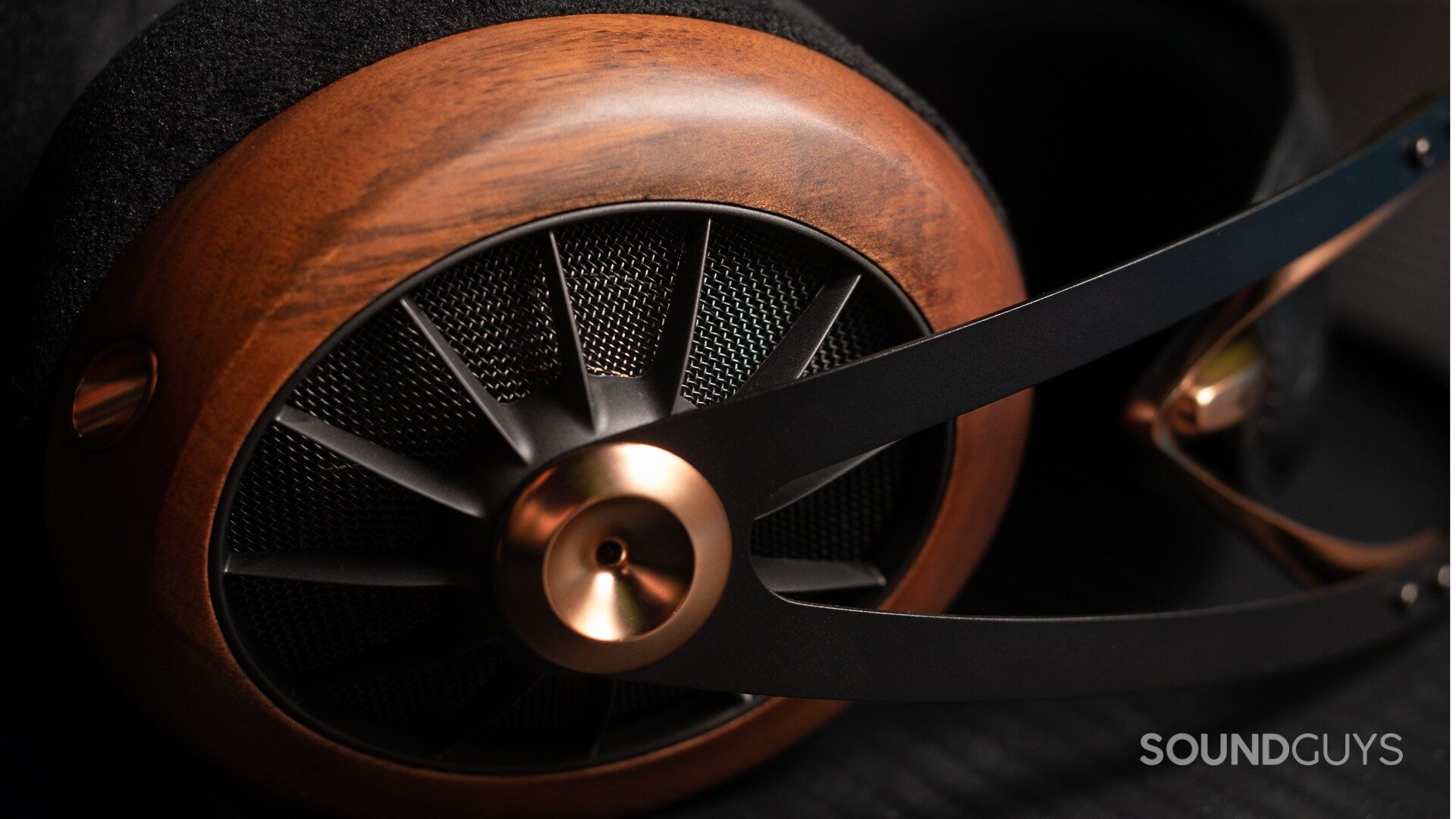
The Meze Audio 109 Pro headphones, priced at $799, offer a unique combination of features that set them apart in the market of open-back headphones. They feature an admirable build quality with the ability to repair and replace parts, which adds to their long-term value. The design is striking, with sustainably sourced black walnut housing and a combination of wood, zinc, manganese steel, and vegan leather materials. This not only contributes to their aesthetic appeal but also to their durability. They come with a sturdy hardshell case, a pouch for cable storage, and two cable lengths (1.5m and 3m), which enhances their usability.
Sound tuning emphasizes treble frequencies but offers more bass than typical open-back models. This combination provides a unique listening experience, especially appreciated by audio enthusiasts who prefer less clinical, at-home listening experience. The headphones feature 50mm dynamic drivers angled for more natural sound delivery. The open-back design means they don’t block external noise, making them ideal for quiet environments.
Loading chart ...
Comfort and fit are other important factors. The headphones use a tension-fit headband that automatically sizes and disperses weight evenly. Some users might experience discomfort after extended use due to the clamping pressure and earpad design. While the headphones are not particularly portable and not suited for outside use or commuting, they are excellent for critical and casual listening at home. Their relatively lightweight design and the ability to replace parts like ear pads add to their appeal. The Meze Audio 109 Pro is a top choice for those seeking a blend of distinctive design, durability, and a unique sound profile in the sub-$1000 category.

For studio headphones, look no further than the Sennheiser HD 650
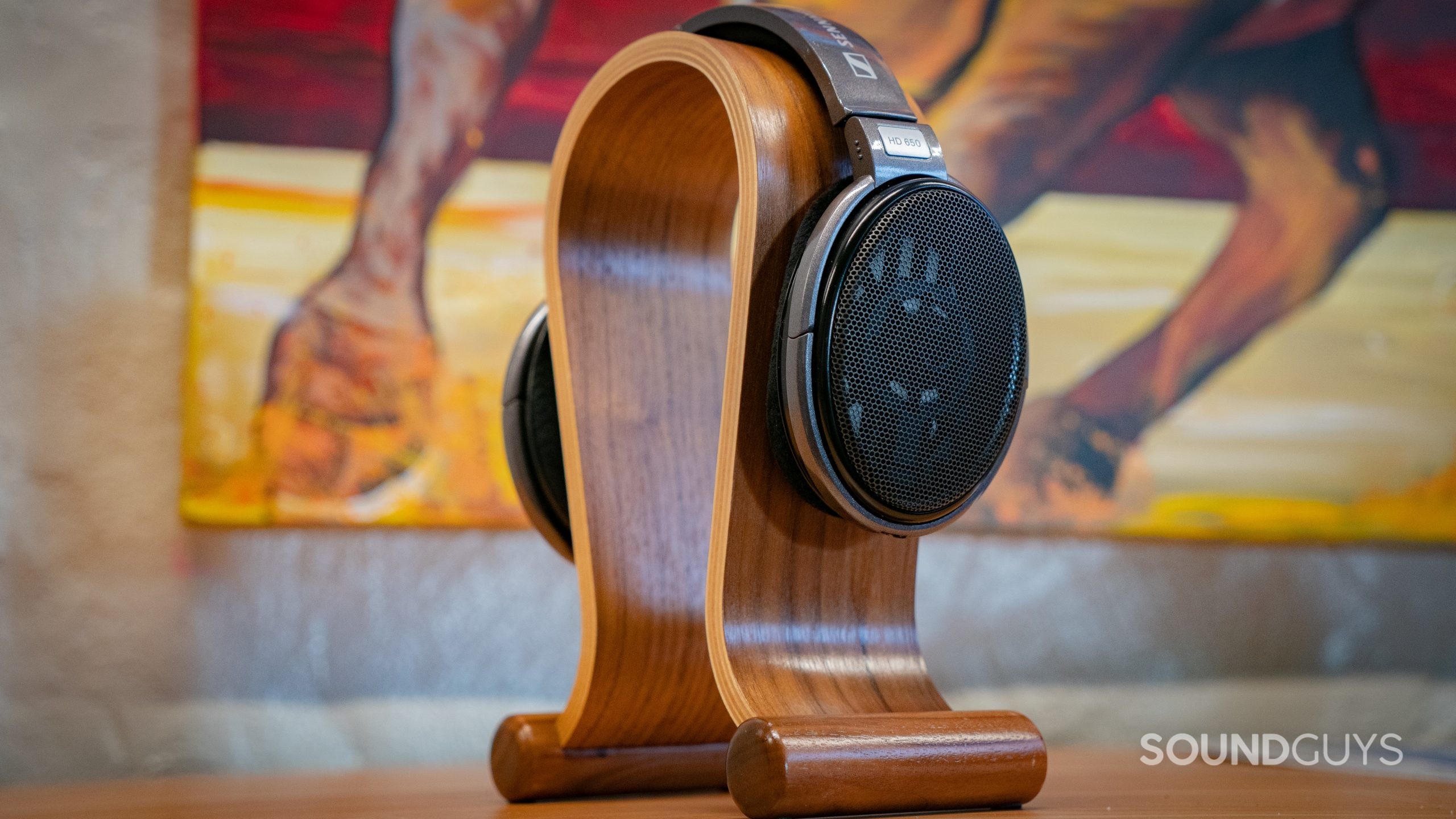
The Sennheiser HD 650, with its enduring popularity and a current price point of $649.95, remains a top pick for the best headphones under $1000. Released in 2003, these open-backed headphones have stood the test of time, offering reference-quality sound that appeals to audiophiles and casual listeners alike. The HD 650’s design focuses on comfort and durability, featuring generous padding around the ear cups and headband and a build optimized over the years. Weighing 260g, they are light enough for extended listening sessions without causing discomfort. The lack of a storage case and folding hinges underlines their intended use for home or studio environments.
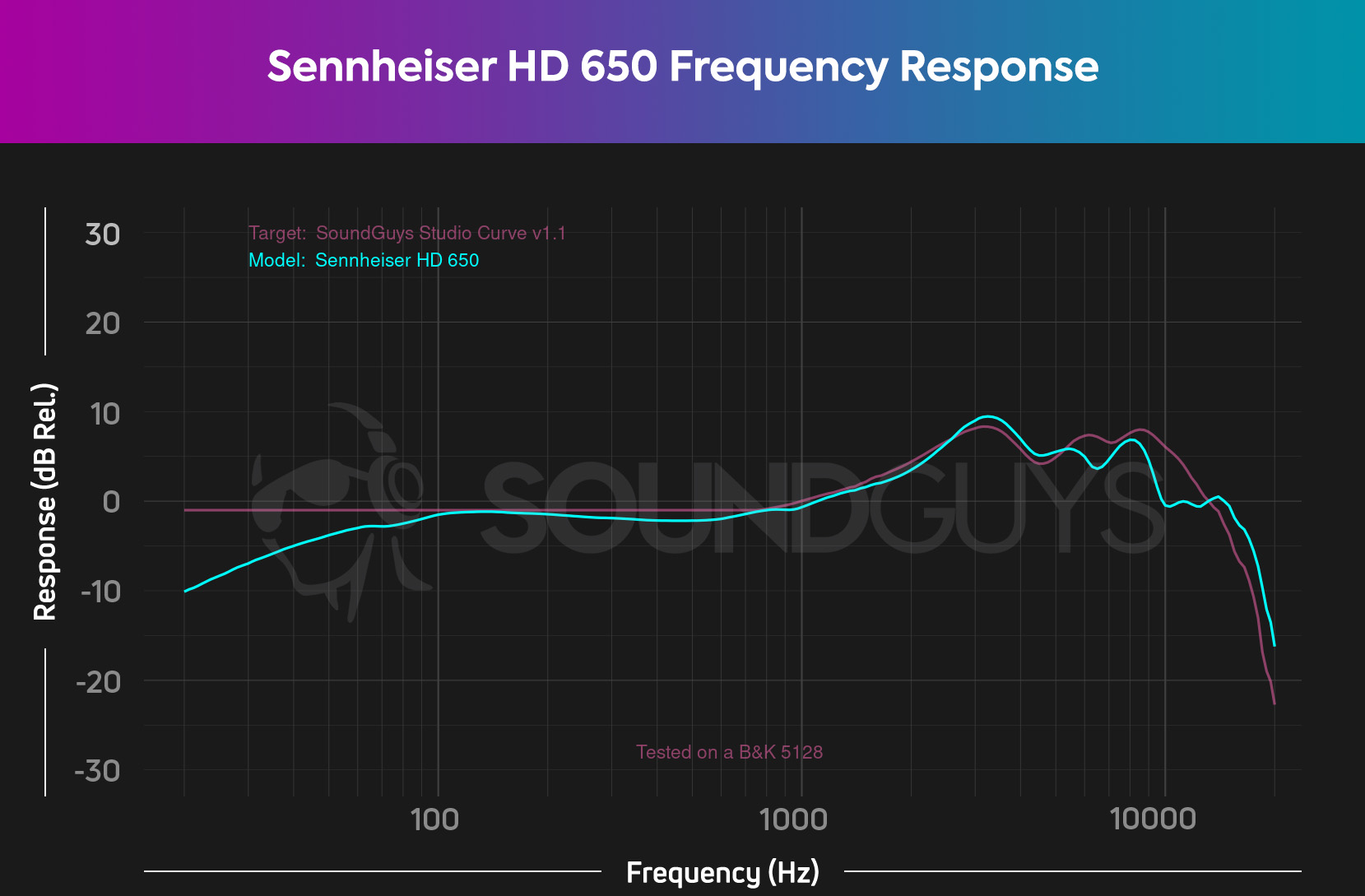
One of the key attractions of the HD 650 is its sound quality. Tuned by Axel Grell, these headphones are praised for their universally approved sound, considered a benchmark by many. Equipped with 42mm transducers with 38mm diaphragms, they offer clarity and detailed sound across various genres. The frequency response aligns well with our legacy studio target response curve, although there is a gentle roll-off in low frequencies below 100Hz and a slight undershoot in the high frequencies around 10kHz. This slight sub-bass rolloff might be the only notable downside for most users.
Connectivity is straightforward, with a 3-meter cable terminating in a standard 1/4-inch TRS plug, and an adapter for a 3.5mm jack is included. The HD 650’s sensitivity makes it unlikely that you’ll need a dedicated amp, but it’s something to consider depending on your source device.
In terms of Multi-Dimensional Audio Quality Scores (MDAQS), the HD 650 scores well for timbre, reflecting its accurate reproduction of the frequency spectrum and timing information. However, it scores lower in terms of immersiveness, indicating it is less adept at defining virtual sound sources in space. Still, its sound quality, comfortable design, and user-replaceable cable make it a valuable investment, especially considering the evolving pricing trends in the industry


If you want noise canceling, grab the Apple AirPods Max
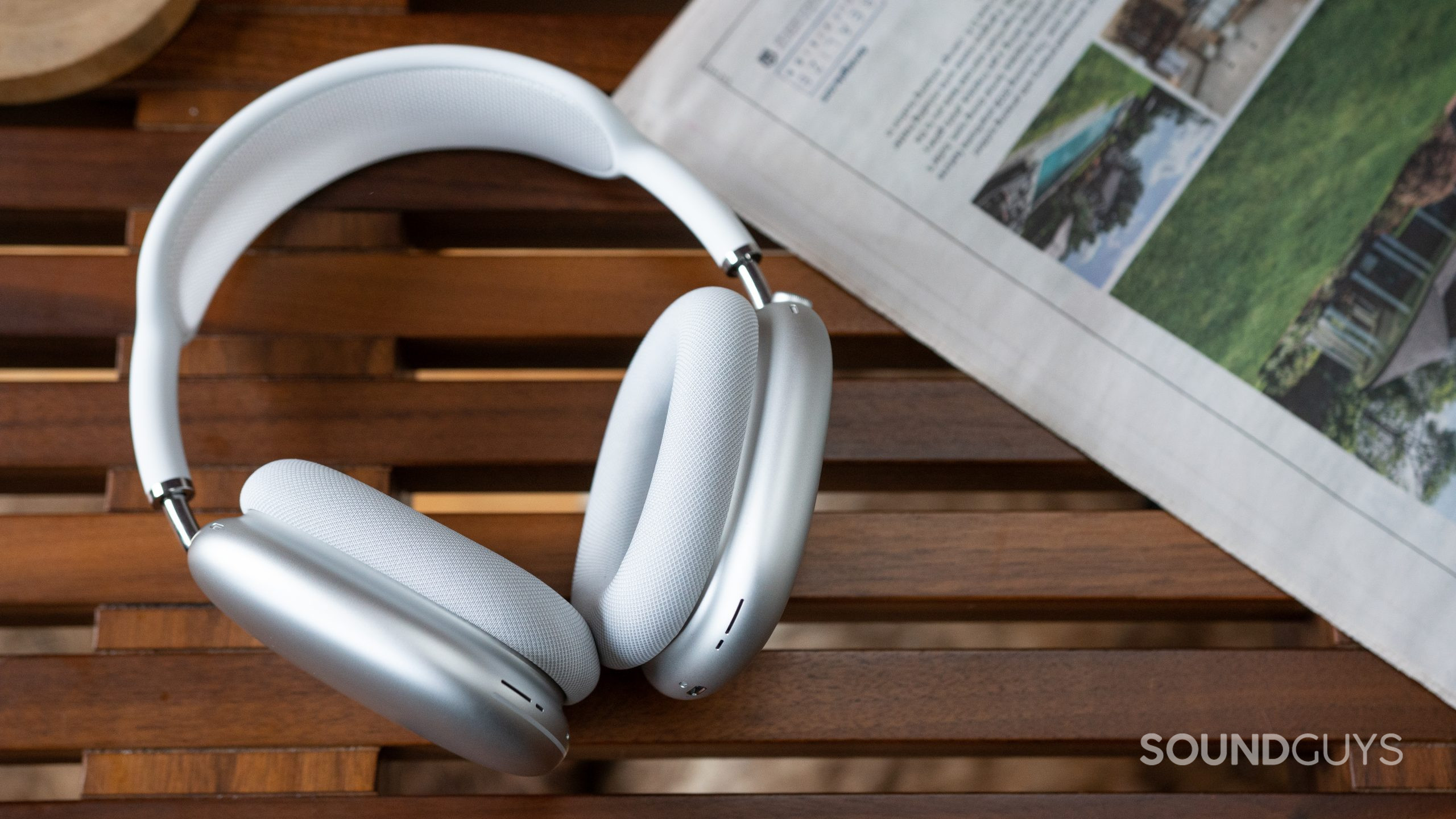
If you’re the type of listener willing to cough up $1,000 for Bluetooth headphones, you might want to check out Apple’s flagship headphone: the AirPods Max. These headphones come in at $549 — making them more expensive than Sony and Bose’s flagship noise canceling headsets.
The AirPods Max features a unique design that nicely balances comfort with acoustic performance. A mesh-knit canopy headband prevents unnecessary clamping force on the wearer’s head, while a stainless steel frame holds the headphones together. The ear cups are made of aluminum and feature magnetically attached knit ear pads, which can be replaced if needed.
Loading chart ...
Apple’s latest over-ears feature the same hybrid noise canceling technology originally introduced with the AirPods Pro. An array of outward and inward-facing microphones, in tandem with software, effectively quiets ambient noise whilst also eliminating resonances.
Additional features include Apple’s H1 chip for seamless, enhanced connectivity with iOS devices, Transparency Mode, Adaptive EQ, Spatial Audio, fast charging, and a 20-hour battery life. Our measured data speaks for itself; this headset is really quite good.


Should you buy the Sony WH-1000XM5 or splurge for something else?
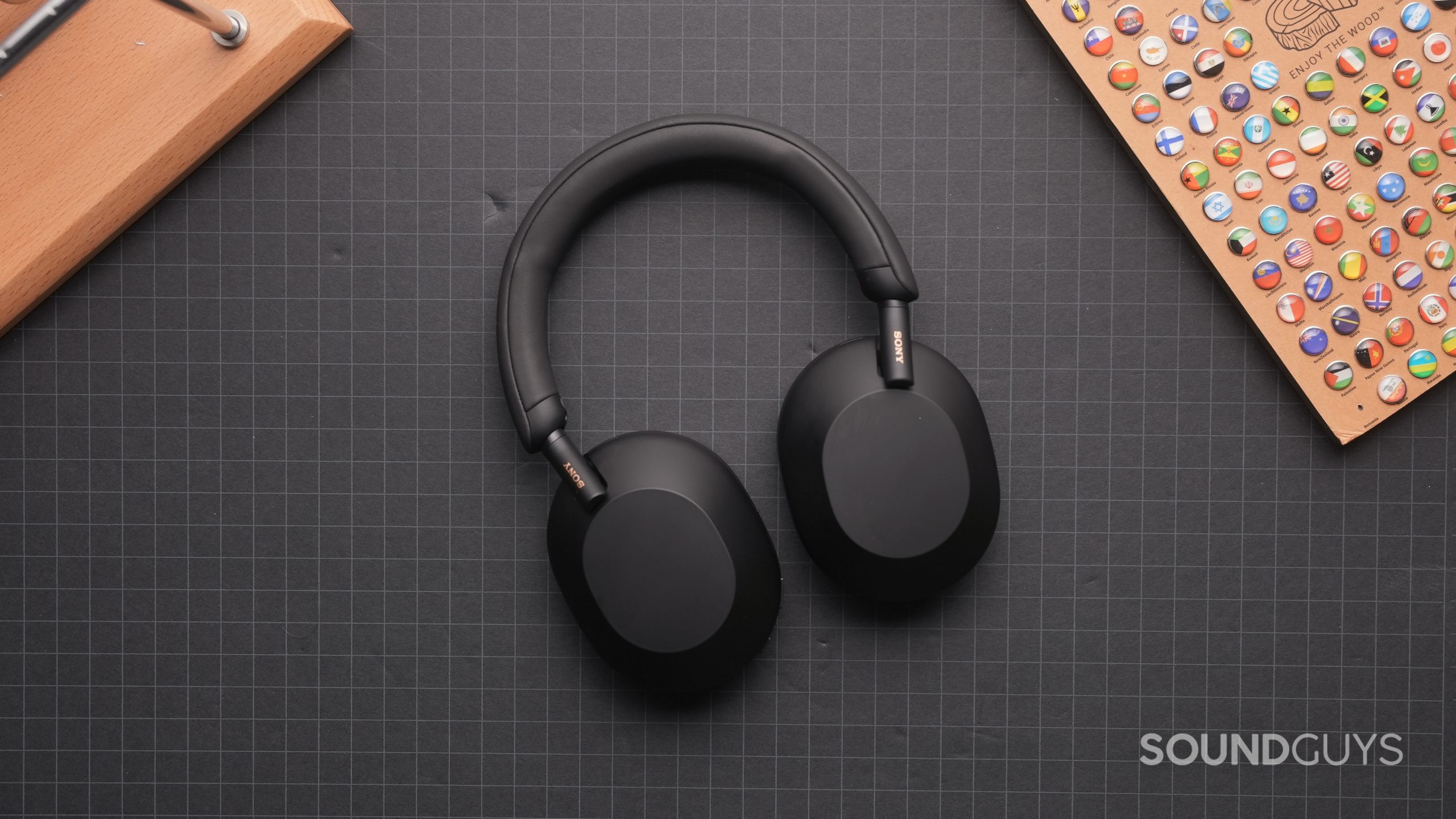
The Sony WH-1000XM5 is a great headset that does everything well. You get excellent active noise canceling, decent sound quality, a comfortable fit, and plenty of powerful software features like 360 Reality Audio optimization. We like the WH-1000XM5 because it’s great for commuting and general use. Since it costs $499, you could pick up the WH-1000XM5 and the HiFiMan Sundara and still have some money to spare with a $1,000 dollar budget.
The ANC performance is second only to the Apple AirPods Max, but this relies on getting a proper fit. We recommend sliding the headphones around a bit on your ears until you perceive the ANC is at its most effective.
You can see in our comparison charts above that it’s the isolation performance of the WH-1000XM5 that pulls it ahead of most of the competition.
What about the Bose QuietComfort Ultra Headphones?
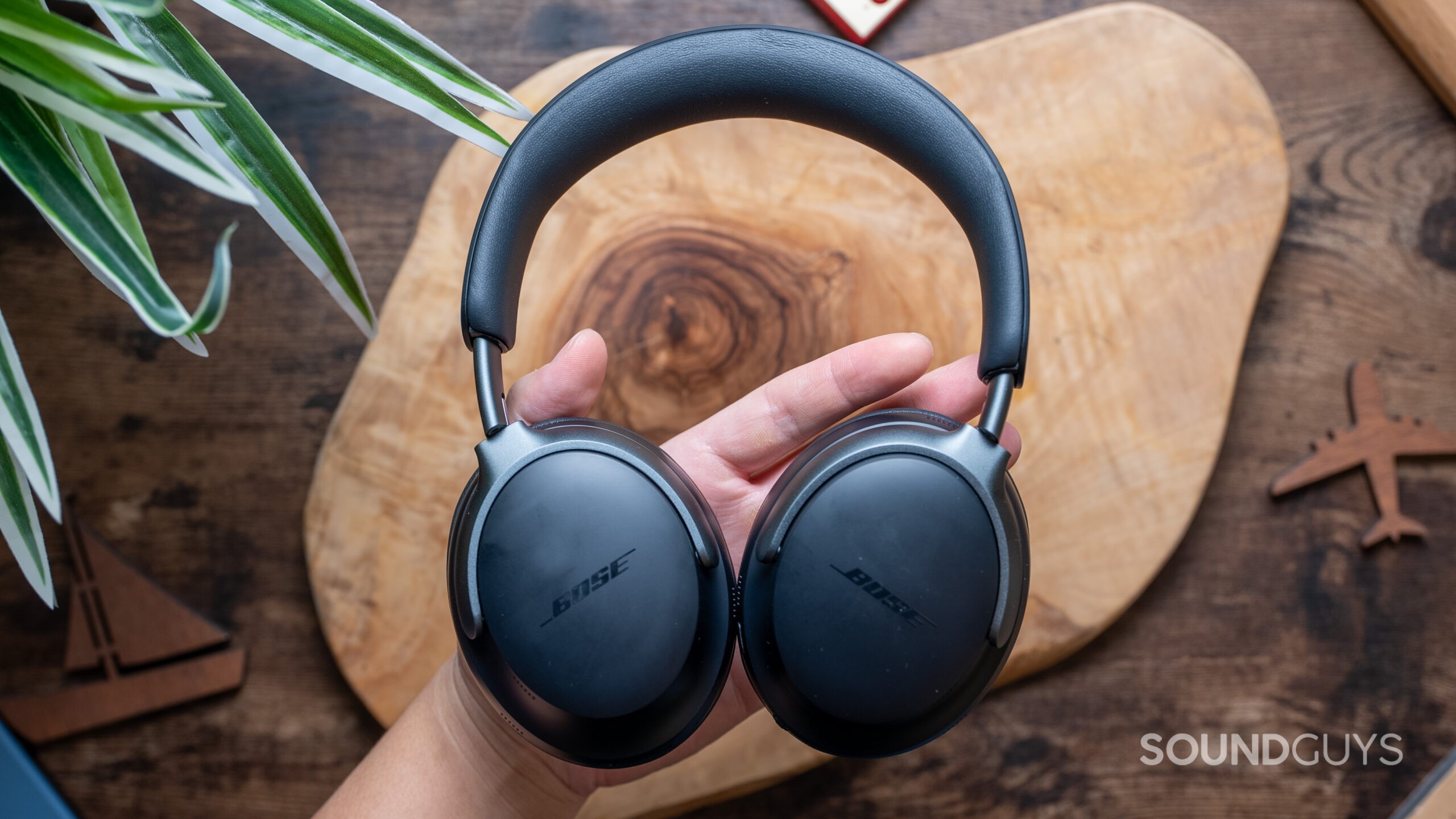
The Bose QuietComfort Ultra Headphones, priced at $429, stand out as a high-end choice in the active noise canceling (ANC) market. Key features include excellent ANC performance and Snapdragon Sound with aptX Lossless support. Comfort is a priority in their design, with a lightweight build and glasses-friendly padding. While they lack waterproofing and may have some channel-matching issues, their sound quality is pretty good, especially with the ability to EQ through the Bose Music app.
These headphones offer over 27 hours of battery life and support fast charging. In the competitive sub-$1000 headphone market, the Bose QuietComfort Ultra Headphones face stiff competition, notably from the Apple AirPods Max and Sony WH-1000XM5. For Apple users, the AirPods Max might be a more seamless choice due to its integration with iOS devices and superior spatial audio. However, for Android users, the Bose QuietComfort Ultra excels with features like higher bitrate listening through aptX Lossless, which the AirPods Max doesn’t support. Additionally, for budget-conscious buyers, the older Bose Noise Cancelling Headphones 700, available for about $379, provide a decent, still-supported option with more savings.
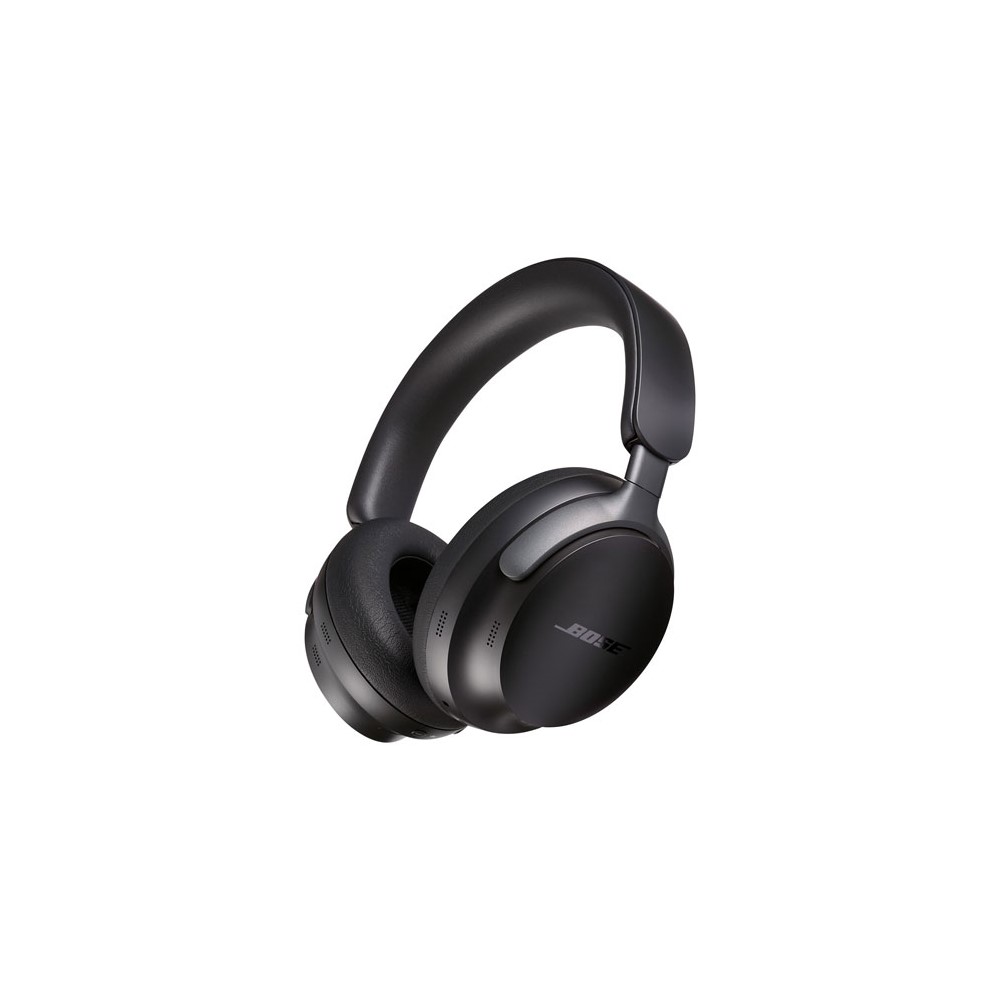

The best headphones under $1000: Notable mentions
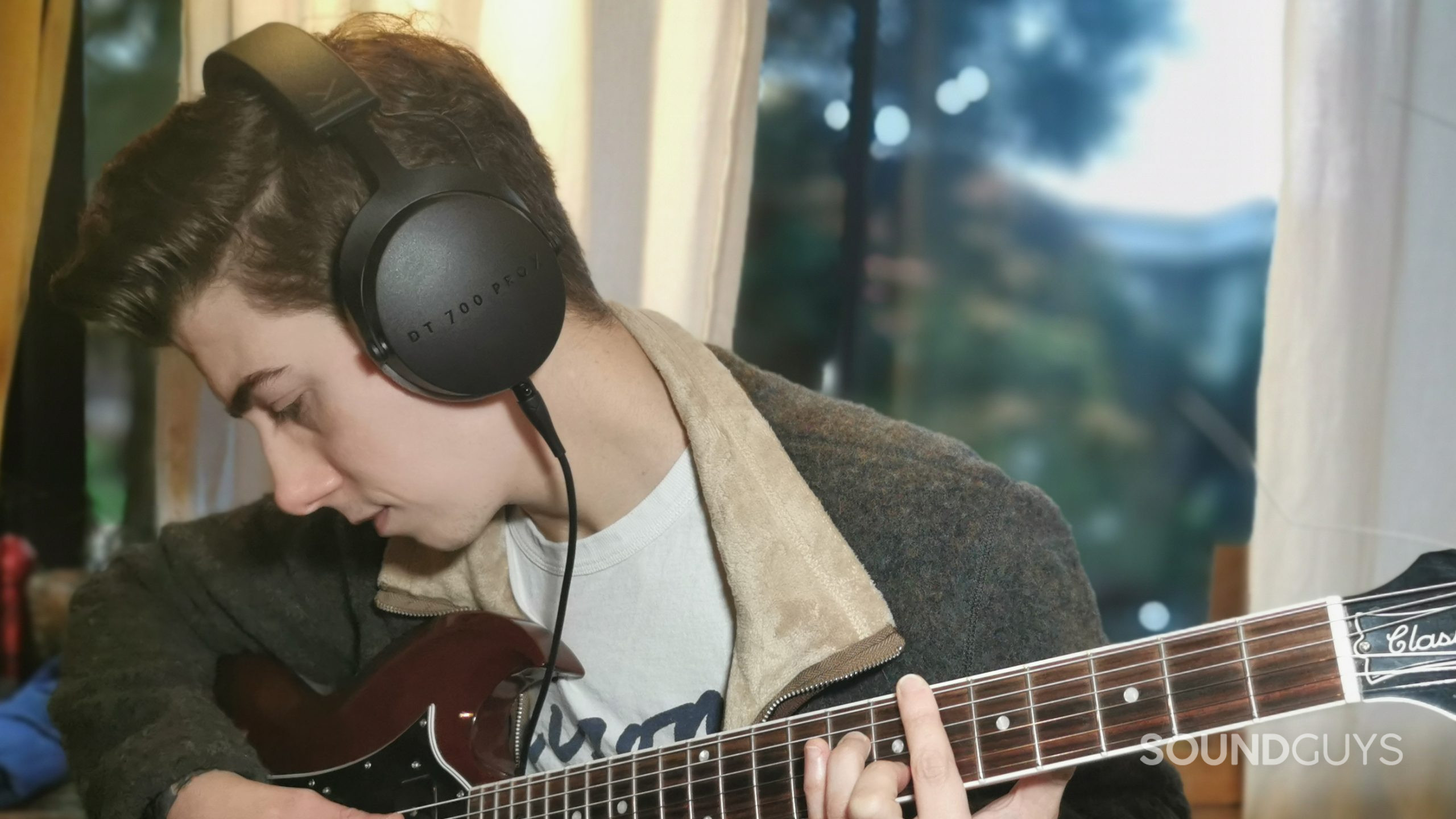
- Audeze LCD-GX ($899 at Amazon): The Audeze LCD-GX is a capable gaming headset geared toward the audiophile who also games — rather than the general gamer audience.
- Beyerdynamic DT 700 PRO X ($269 at Amazon): The PRO X line of headphones from Beyerdynamic targets the nomadic creator. Whether you’re a music producer or a musician, you’ll appreciate the studio-quality sound that comes from this comfortable headset.
- Beyerdynamic DT 900 PRO X ($269 at Amazon): The DT 900 PRO X has an even more consistent output than the DT 700 PRO X and costs the same. Rather than a closed-back design, you get an open-back headset here which lends itself to a more realistic reproduction of space.
- Drop x Sennheiser HD 6XX ($199 at Manufacturer site): This sub-$250 headphone is based on the original Sennheiser HD 650. It features a neutral-leaning frequency response that accurately reproduces audio — ideal for home studio use.
- Sennheiser HD 660S2 ($499 at Amazon): If you like open-back headphones but want a little more bass, these headphones were made for you.
- Sennheiser HD 550 ($299.95 at Amazon): If you’re looking to save a bit of money, but aren’t quite ready to give up on the sound quality, the HD 550 is a standout.
What you should know before you buy expensive headphones
Before spending your hard-earned cash, there are some things you should be aware of. After all, $1,000 is a lot of money, and if you’re going to dive into the world of high-end audio, then you should know some of the basics.
Do expensive headphones sound different from cheap ones?
While audio certainly reaches a point of diminishing returns, many “audiophile” products have a different sound from general consumer headphones. Often, you’ll find that headphones in the $1,000 price range have frequency responses that fall somewhere between the SoundGuys hdadphone prference curve and legacy studio curve.
Neither target curve is inherently better than the other, but each has its advantages. For instance, if you fancy yourself an audiophile who enjoys analytical listening, you’ll be more drawn to open backed headphones that follow our studio curve (like the ones highlighted in this list). However, if you like more bass, you may want more consumer-oriented headphones that has a boosted bass response built in. Otherwise, you’ll have to EQ your studio cans to match a more general frequency response.
No, do not waste time burning in your headphones. As you start going down the rabbit hole of high-end audio, you might see people talking about something called burn-in. It basically equates to the idea of breaking in a new pair of shoes. Luckily, burn-in isn’t a thing. So don’t waste your time burning in your investment and skip right to the part where you can enjoy your new headphones.
Do you need an amp and DAC?
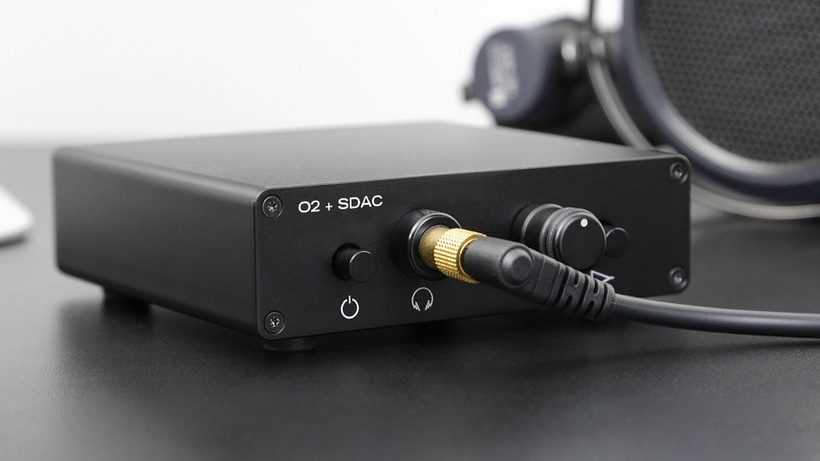
The answer to this is going to vary case by case and depends on what your source is, but for the most part, the answer is no. That’s not to say that the answer is always going to be no. For example, the famous Sennheiser HD800 headphones have an impedance of 300Ω, so good luck trying to power those without an amp. Even the Grado headphones are only 32Ω which is in the range most smartphones can handle. If you want to really dig into this topic, check out two great explainer pieces about when you do and don’t need an amp or DAC. But if you’re pressed for time, we’ll go over the basics here.
When you hear someone talk about “driving” a certain pair of headphones, what they’re referring to is its impedance or its ability to resist a current. Most manufacturers will state this number in the specifications. If your headphones have an impedance of around 32Ω or less, chances are the average smartphone can sufficiently power them. The Beyerdynamic Amiron Wireless has an impedance of 32Ω when wired, so an amp isn’t necessary with them. Even the HiFiMan HE400i (35Ω), our bang-for-your-buck pick as the best headphones under $1,000, should be fine without an amp. Of course, if you read the full explainer, you know that impedance is only half the equation. You’ll also need to know the sensitivity of the headphones to determine if you really need an amp, but a quick glance at the impedance will usually let you know if you need to dig deeper.
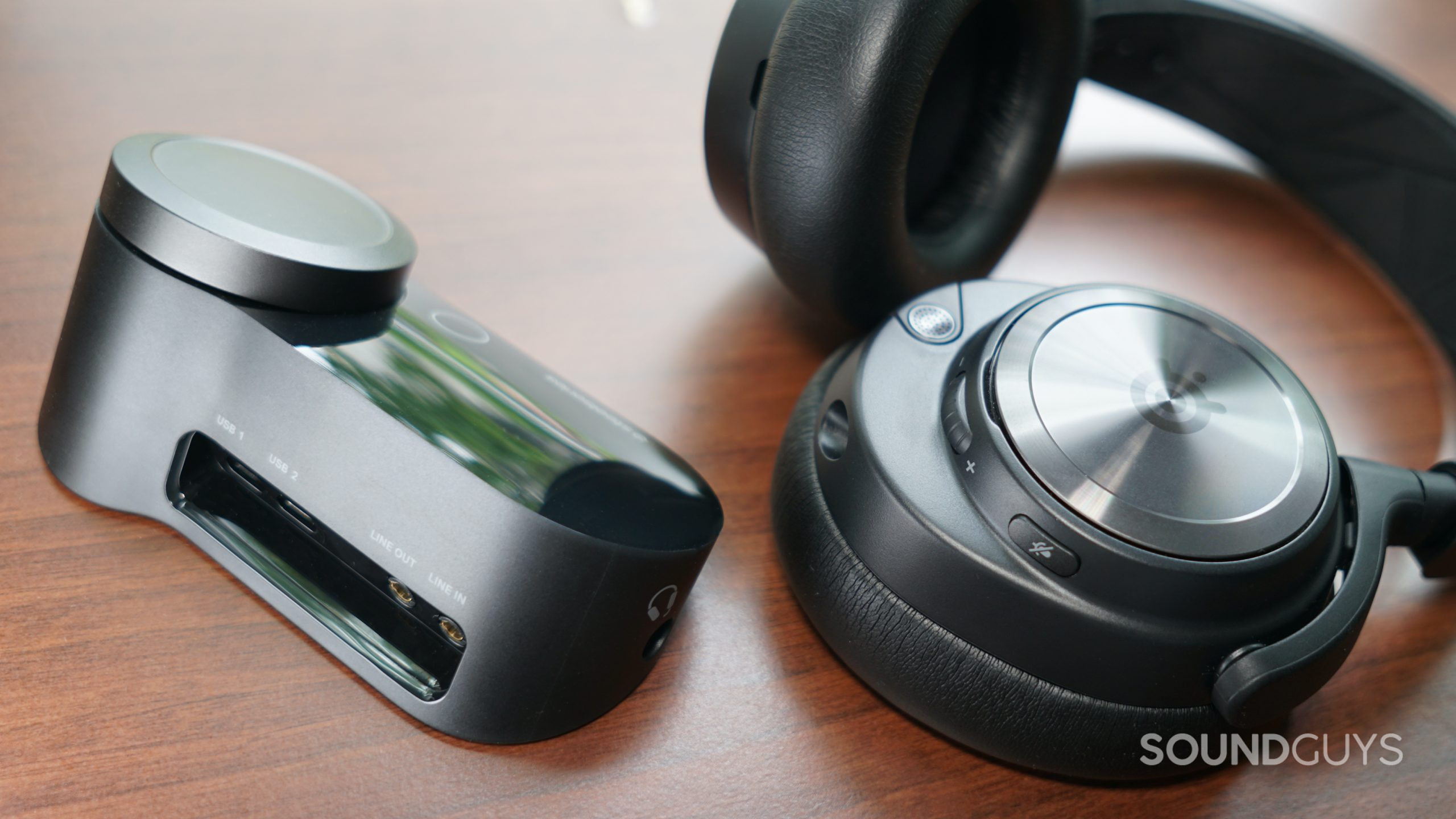
You might be annoyed to hear that the answer to whether or not you need a DAC is similar: it depends. The DAC, or digital-to-analog converter, that comes in modern devices is usually fine. Unless you’re using a pretty old piece of equipment, most smartphones, computers, and tablets have built-in DACs that do a really good job of cleanly converting a digital signal. If you’re experiencing issues with sound quality, chances are the culprit is insufficiently powered headphones or low-quality source files — not the chip that’s doing the converting.
Is wireless as good as wired?
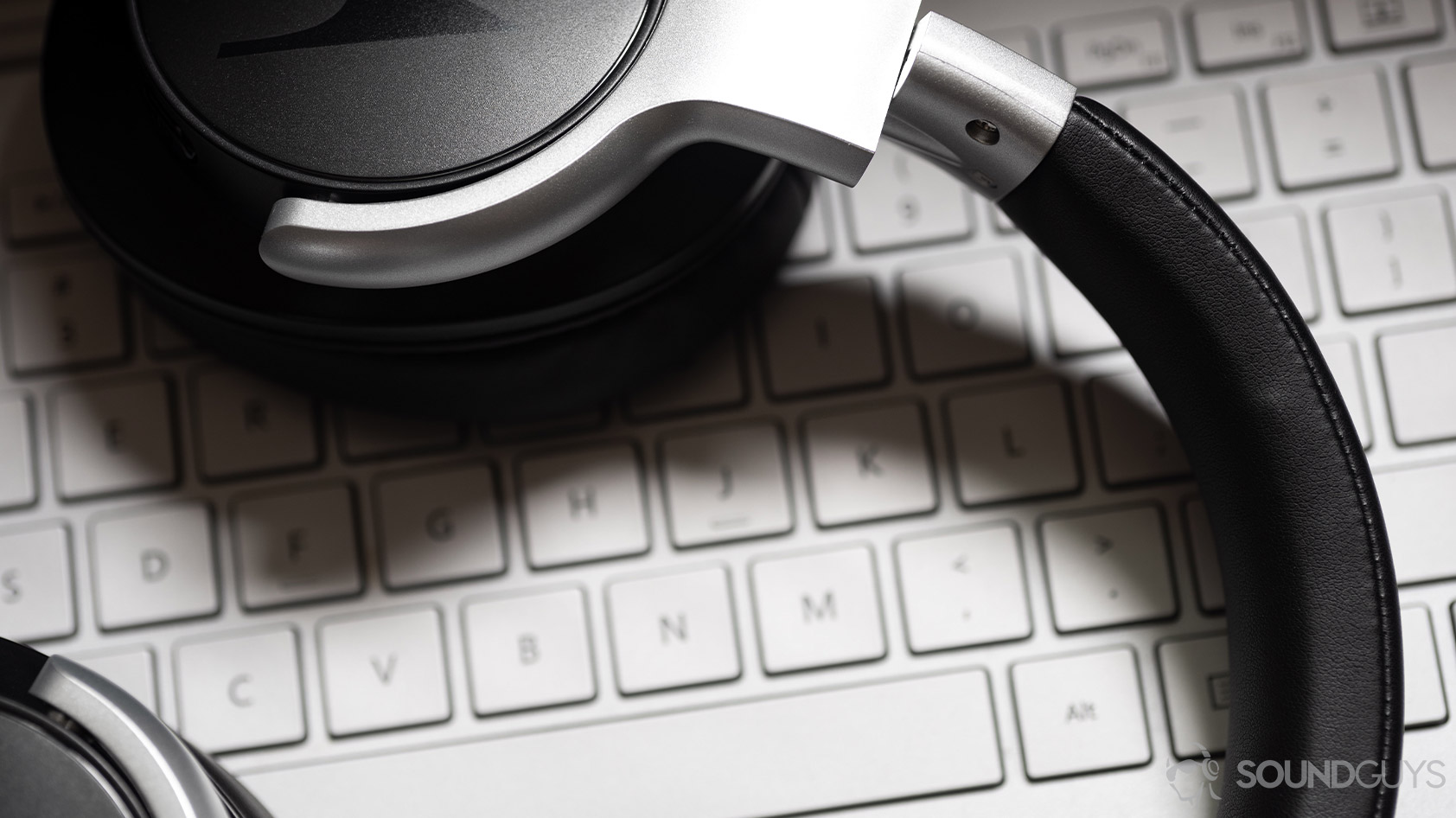
Bluetooth and wireless audio have come a long way in the last few years, but if your main concern is sound quality, then the answer here is simple. No, wireless audio is not as good as wired. That said, it’s important to understand why. And even more important is to know that chances are, you’re not going to hear the difference anyway. Wireless audio isn’t bad by any means. It’s just not as good as a wired connection on a technical level. While the Amiron wireless that made this list is a phenomenal pair of headphones, an audio cable is currently the best way to go.
This has to do mainly with the amount of data that can be transferred over Bluetooth from your source device to your headphones. The technology is getting better every year, but at the time of this article, it just can’t beat a reliable wired connection.
Why you should trust SoundGuys with the best headphones under $1000
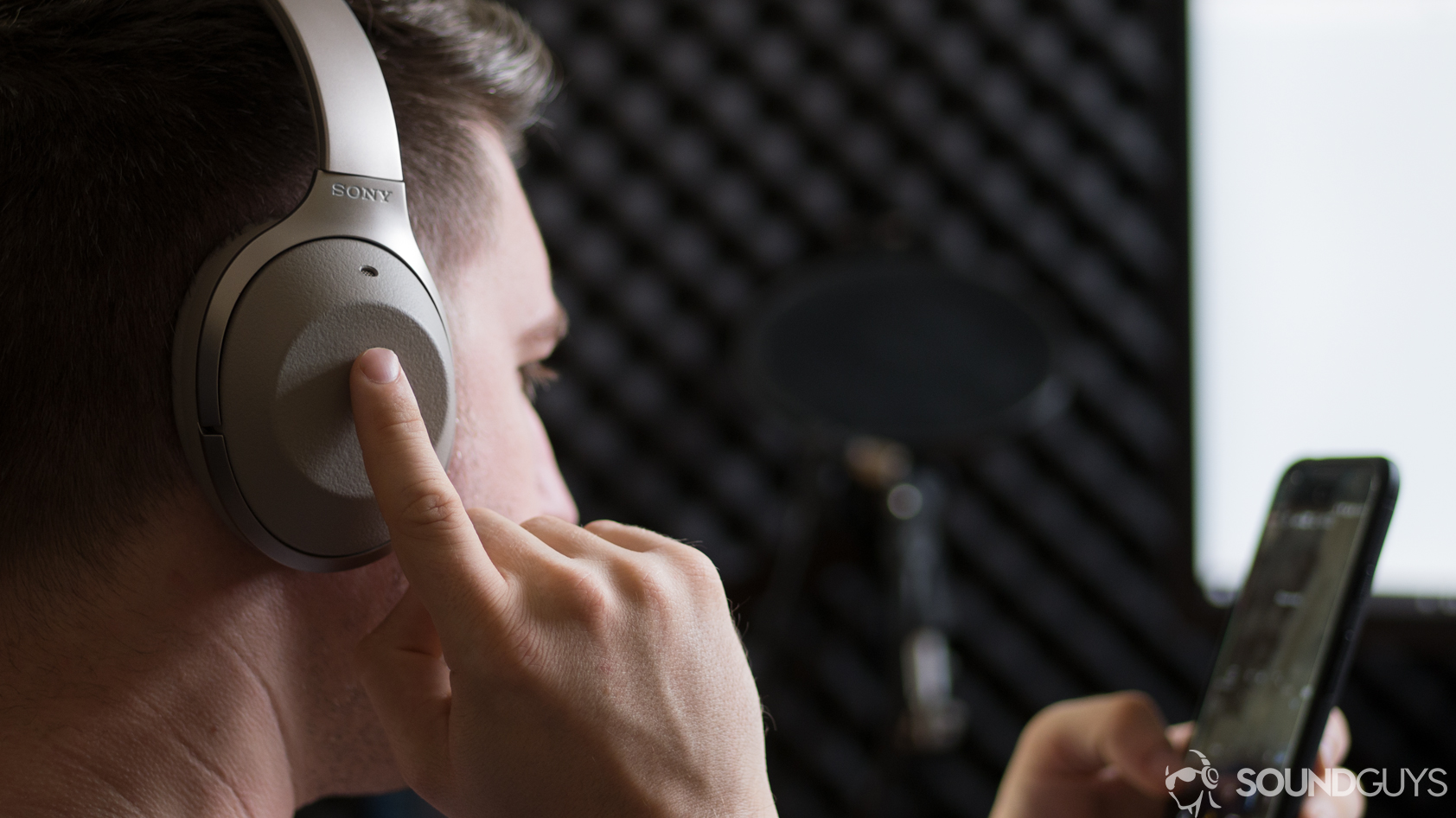
We want you to be happy with your purchase — none of our writers see a dime from partnership deals or referral purchases — and nobody here is allowed to benefit from steering you towards one product or another. While this site does make money from referrals, the individual writers are paid based on their work, regardless of whether or not people click that “buy” icon. They will never even know if anyone did, though the site going under might be a good hint.
Frequently asked questions about headphones under $1000
If you’re rocking a pair of headphones that require more power than your source can provide, check out our list of the best headphone amplifiers currently on the market.
While these headphones definitely sound great, they’re not all ideal for any professional tasks like sound mixing. In those situations, you’ll want to use a pair of studio headphones that feature a neutral frequency response for accurate sound reproduction.
The Focal Bathys is our top pick for most people. It’s a standout for being so well-rounded. It’s versatile, compatible with almost any source regardless of the operating system, and offers features like higher-bitrate codecs and USB DAC. The Focal drivers also give it an edge over competitors like the AirPods Max. However, for those looking for a deal, the wired only HiFiMan Sundara may provide more bang for your buck.